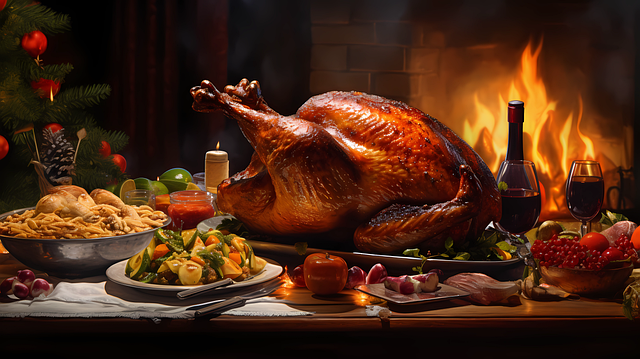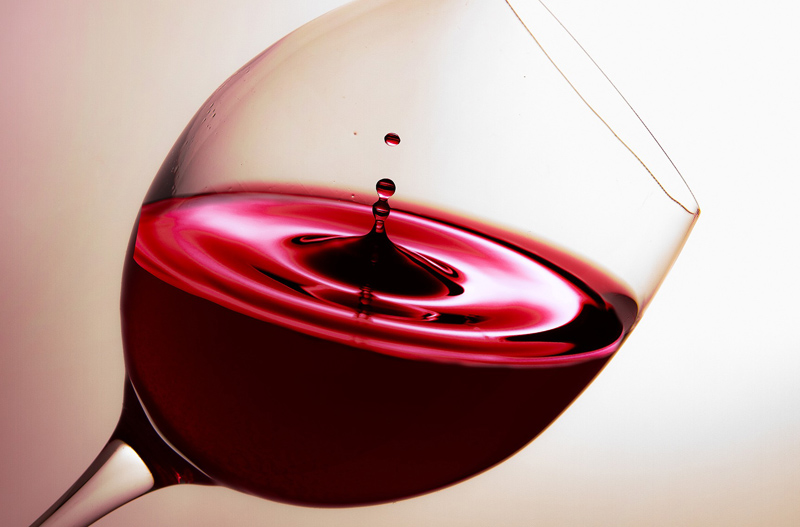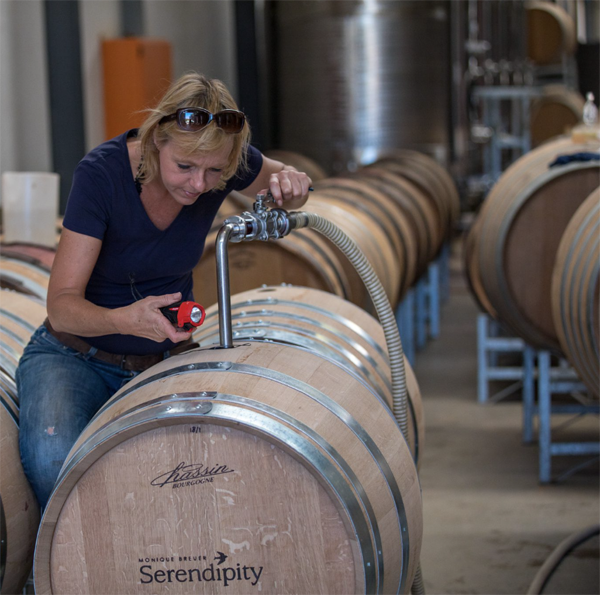De Zuid-Afrikaanse oogst van 2020 zal uitzonderlijke wijnen voortbrengen door de gunstige weersomstandigheden gedurende het hele seizoen. Dit volgens het jaarlijkse Wine Harvest Report 2020 van de Zuid-Afrikaanse wijnindustrie. “Although it’s always important to take our diversity over ten wine grape growing regions into account, the industry had a very good season overall, which we believe will bring great quality wines to consumers,” aldus Conrad Schutte, consultation service manager van Vinpro.
Lees verder in het Engelstalige persbericht:
The 2020 wine grape crop is estimated at 1 349 883 tonnes, according to the latest estimate of industry body SAWIS (South African Wine Industry Information & Systems) on 24 April 2020. It is 8.2% larger than the 2019 harvest.
Weather conditions were favourable in general and the bunch numbers looked promising early in the season, but windy conditions during the set and sensitive berry growth stages resulted in smaller berries and a lighter crop in some areas. The season was also characterised by great variation between and even within the same vineyard blocks in areas that experienced dry conditions.
The Stellenbosch, Swartland, Cape South Coast, Paarl and Breedekloof regions all harvested more wine grapes than in 2019, with the Olifants River region almost returning to its normal production levels after being one of the regions hardest hit by the recent drought. The Klein Karoo region still struggles with the ongoing drought, which was also experienced in certain parts of the Robertson region, while frost damage resulted in great crop losses in the Northern Cape.
The COVID-19 scurry
Although the harvesting season kicked off around two weeks earlier than usual, the unexpected announcement of the COVID-19 lockdown, in effect from 26 March 2020, created a scurry among many producers to harvest the last grapes of the season and complete winemaking processes in cellars. Wine-related activities were initially prohibited, but Government made a last-minute concession which allowed for the harvesting and storage activities essential to prevent the wastage of primary agricultural goods during the lockdown. At the time, around 40 000 tonnes still needed to be harvested.
“With uncertainties during the announcement of the lockdown some producers decided to harvest the grapes without prejudice just to get it to the cellar, while others waited for optimal ripeness to ensure exceptional quality,” Conrad says.
Wine quality exceptional
“We are excited about the exceptional wines that will flow from the 2020 wine grape crop, with Chenin Blanc and Chardonnay leading the pack,” Conrad says. “The early cultivars showed very good acidity, and the colour and tannin analyses in the red wines promise full wines with concentrated flavour profiles.”
The 2020 wine harvest – including juice and concentrate for non-alcoholic purposes, wine for brandy and distilling wine – is expected to amount to 1 046.2 million litres at an average recovery of 775 litres per ton of grapes.
Ready for the market
Following restrictions on both local sales and wine exports during South Africa’s COVID-19 lockdown, the industry was relieved that Government allowed for the export of alcoholic products from 1 May 2020, including transport to ports and airports, as well as related activities to prepare wine for exports such as bottling and labelling.
“As an industry we are grateful and relieved to be able to resume exports. This finally enables us to showcase our exceptional new 2020 vintage wines to trade, media and consumers around the world,” comments Siobhan Thompson, CEO of Wines of South Africa.
She continues, “We would like to thank all of our international networks of agents, importers and friends who have never wavered in their support of our wine and our people, despite the challenges we’ve faced as an industry.”
South Africa is the ninth biggest wine producer world-wide and produces about 3.3% of the world’s wine. The wine industry more than R36 billion to the country’s gross domestic product (GDP) and employs nearly 300 000 people.
2019/20 Growing season
Most regions experienced a better post-harvest period than previous years. The leaves fell around the same time or later than usual, vines were healthier and producers had access to post-harvest irrigation water.
Sufficient cold units were accumulated during the winter to break dormancy, while rainfall varied across regions but was mostly below average.
With spring came mostly favourable conditions, which contributed to a somewhat earlier but even bud-break. The early growing season was especially known for good, homogenous shoot growth.
During summer, temperatures were moderate during the ripening period, with the absence of characteristic heat peaks. These conditions particularly bode well for the flavour retention in the grapes. Rainfall during the ripening period relieved pressure on water resources in some regions, while it resulted in a surge in diseases (downy mildew, sour rot and botrytis) and necessitated proper weed control in other areas.
Overview of regions
Breedekloof
Slightly larger crop than in 2019, although the occurrence of wind during berry growth had a negative effect on flowering and set in some areas.
Cape South Coast
Better yields than the previous season, thanks to favourable climatic conditions, the implementation of Guyot pruning systems, utilisation of chemicals to break dormancy and amendments to fertilisation programmes.
Klein Karoo
Yet another small crop due to the ongoing drought and a shrinking area under vines.
Northern Cape
Lower than expected production, due to severe frost experienced at the end of October in the lower lying areas east of Upington.
Olifants River
A great year as vines are recovering well following the drought and the region had better water supplies than during the previous season.
Paarl
A better crop than in 2019, owing to beneficial post-harvest conditions, sufficient water for irrigation and moderate temperatures during ripening.
Robertson
Smaller yields due to water shortages in certain parts of the region, as well as smaller berries caused by wind during set, a decline in new plantings and the occurrence of botrytis and sour rot following rain in January.
Stellenbosch
A bigger wine grape crop than in 2019, thanks to good reserves being accumulated in the post-harvest period, rain during critical berry growth stages and moderate climate throughout the growing season.
Swartland
Bigger yields than in 2019, characterised by good bunch figures thanks to good post-harvest and winter conditions. Soil profiles were also supplemented well through late winter rainfall.
Worcester
Varying yields throughout the region, with producers recording a somewhat larger crop than in 2019.
See www.vinpro.co.za for the full harvest report per region.
Foto: @WOSA @CharmaineGreiger @Workers sorting grapes at Lourensford

















